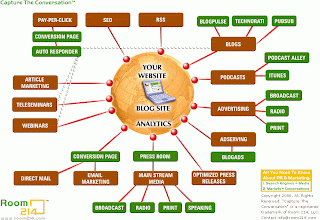With PPA, now advertisers have more funds to allocate for their advt to display among Google custom networks Google custom network reaches a remarkable 64% of unique Internet users around the world।
Germany 87%
Japan 85%
What is PPA? How is it different from PPC?
Google’s PPA advertising is a new pricing model that allows advertisers to pay only when specific actions, as defined by advertisers, are performed.
It’s different from PPC (Pay per click)। Under PPC program, a publisher has to pay to Google for every click regardless of any lead generation (conversion rate)। Google simply calculates the amount you bid for any specific keyword/keyphrase on the basis of number of clicks. Even though conversion rate is zero, a publisher has to pay the amount to Google measured on the basis of number of clicks.
Now, Google has come up with a very good option by offering pay per action (PPA), which might provide a sense of relief to many publishers who are incurring loss due to no/less conversion rate.
With PPA (Beta), as an advertiser you define the action, and once your action is performed, you pay for it to Google। Suppose, you define that you’ll pay only when you get leads, you can do the same with PPA. With no leads generated from your advertisement, you are not required to pay anything to Google. Similarly you can define any action, such as, sign up news letter, or anything you like. However, for multiple actions, you have to pay different amounts for each one.
Like PPC, Google has already its own minimum bidding price to begin with for specific keyword/keyphrase. So, determine your amount how much you are willing to pay if your defined action is performed.
In order to know the performance of your defined action, you need to have conversion tracking code, offered by Google once you sign up Google AdWords account. Embed the code into your action confirmation page of your website to track statistics about your defined actions.
Eligibility
PPA is available only for AdWord customers. If you have a valid customer ID (AdWord Account), you can log in here to apply for PPA program. If you don’t have, please sign up first for Google AdWord account.
Google, however, doesn’t take guarantee to approve the invitation of all existing AdWord customers. The right to grant approval for PPA lies only with Google. Since PPA is still in beta stage, you can apply for the same with a ray of hope that your invitation will be accepted if not in a week or two, but surely in near future, as Google says, ‘we will be working hard to make pay-per-action advertising generally available to all AdWords customers in the near future.”



